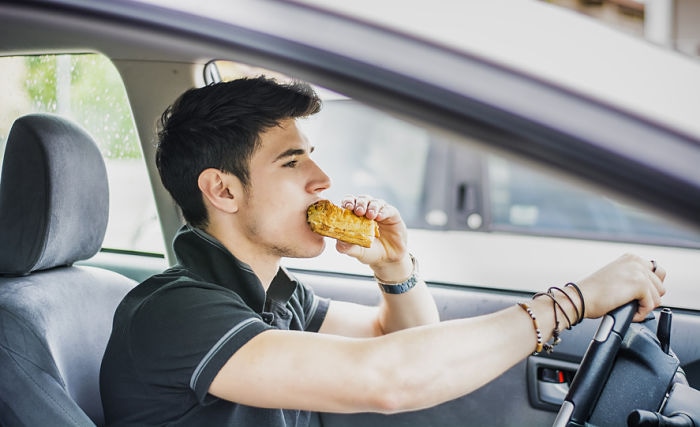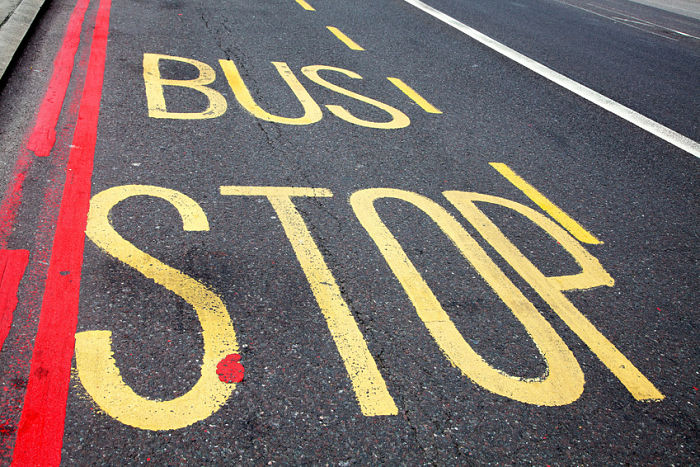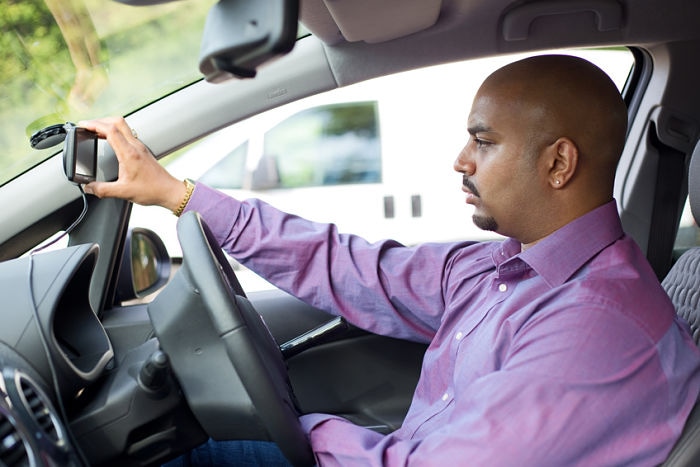There’s no ifs or buts about it, The Highway Code is what makes Britain’s roads some of the safest in the world. First published in 1931, The Highway Code outlines the mandatory rules and general do’s and don’ts of the road, helping us Brits get from A to B without incident — most of the time that is.
Dig a little deeper into this motoring handbook, however, and you’ll find some weird rules that simply don’t ring true in the 21st century — particularly the one stating that all London Hackney Carriages must carry a bale of hay and a sack of oats to feed the horse.
Funny this may be, but it’s out-dated guidelines like these that have led to some confusion over certain rules in The Highway Code. To separate fact from fiction once and for all, here are just some of the UK driving law myths you should take no notice of.
Eating While Driving — Is it Illegal or Not?

No, eating while driving isn’t illegal, meaning that you can chow down on everything from a cheeseburger to a chocolate bar without getting pulled over by the Police — provided that is, that you’re eating safely. If your meal is in anyway distracting you or preventing you from controlling the vehicle safely, the law can slap you with a CD10 for not paying due care and attention.
So, What About Drinking?
Like eating, drinking is perfectly legal behind the wheel (soft drinks of course!); so don’t be afraid to wet your whistle the next time you’re out on the open road. In fact, taking a regular swig of water can help you stay awake, and most people would encourage you to carry a bottle on a long drive. Just remember, the Police can prosecute if they think you’re distracted from the task at hand.
Red Lines, Yellow Lines — What’s the Difference?

Most drivers may never have come across red lines on the road, leading to some confusion when they do encounter them. Some motorists think red and yellow lines mean the same thing, but in reality they differ greatly. To clear up any confusion about different coloured lines, here’s a quick guide:
- Double Red Line: You cannot stop unless you are a licensed taxi or blue badge holder, and even then you’re only allowed to drop-off, not park.
- Single Red Line: You can’t stop on single red lines, or at any time during the times shown on the sign.
- Double Yellow Line: You can stop and drop off on double yellow lines, but not park; unless you’re a blue badge holder, then you’re allowed to park for up to 3 hours.
- Single Yellow Line: You can park on single yellow lines, provided there are no restrictions in place. Blue badge holders can park on single yellows for 3 hours.
Is It Illegal to Drive in Flip-Flops?
Despite what dads tell their daughters, driving in flip-flops isn’t actually illegal. Stupid? Yes, but unless your footwear is causing you to drive recklessly, there’s nothing the Police can do to stop you wearing daft footwear behind the wheel. You do so at your own peril, however. Flip-flops in particular can be really hazardous while driving, because the pedals can easily get caught between your foot and the shoe — and you don’t want that.
What Are the Rules on Using a Sat Nav?

Sat navs have become incredibly popular over the years, with millions of motorists relying on one to get from A to B without getting lost. There is some confusion, however, about how safe — and more importantly, legal — it is to use a sat nav while driving. Although there’s currently no law governing the use of sat navs, the police can pull you over if they think it’s causing you to drive dangerously.
So there you have it — a handful of motoring law myths, busted. To keep your car in safe roadworthy condition, you can rely on the Holts car care range for all your DIY maintenance needs. For more information, visit the Holts website.
Images sourced via Flickr Creative Commons. Credit: Alan Levine.
